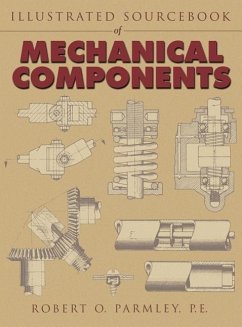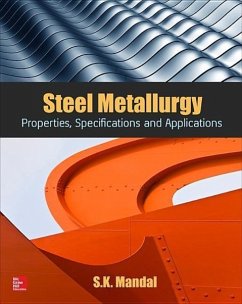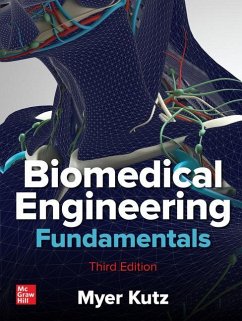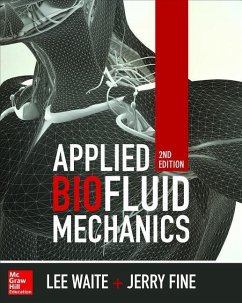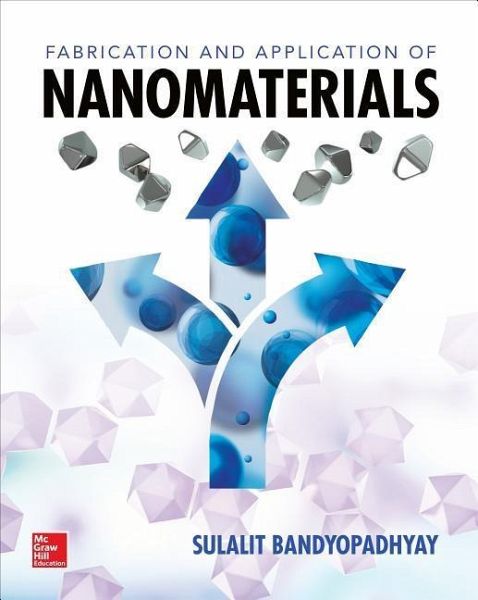
Fabrication and Application of Nanomaterials
Versandkostenfrei!
Versandfertig in über 4 Wochen
148,99 €
inkl. MwSt.

PAYBACK Punkte
74 °P sammeln!
Publisher's Note: Products purchased from Third Party sellers are not guaranteed by the publisher for quality, authenticity, or access to any online entitlements included with the product. Nanomaterials principles, practices, and fabrication methods This advanced textbook offers comprehensive coverage of nanomaterials synthesis, characterization, and functionalization using solution-based approaches. Written from a chemical engineering perspective, Fabrication and Application of Nanomaterials illustrates each topic through concise theory, numerical problems, and recent case studies. Students, ...
Publisher's Note: Products purchased from Third Party sellers are not guaranteed by the publisher for quality, authenticity, or access to any online entitlements included with the product. Nanomaterials principles, practices, and fabrication methods This advanced textbook offers comprehensive coverage of nanomaterials synthesis, characterization, and functionalization using solution-based approaches. Written from a chemical engineering perspective, Fabrication and Application of Nanomaterials illustrates each topic through concise theory, numerical problems, and recent case studies. Students, scientists, and engineers studying nanotechnology and the application of nanomaterials should find the text a highly useful reference. >Coverage includes: ¿ An introduction to nanomaterials ¿ Nucleation, growth, and synthesis of metal nanoparticles ¿ Functionalization of metal nanoparticles ¿ Synthesis of polymer-based nanoparticles ¿ Functionalization and properties of hydrogels ¿ Characterization of metal nanoparticles ¿ Applications in ¿ Catalysis ¿ Drug delivery and biomedicine ¿ Water treatment and water management ¿ Energy harvesting >




